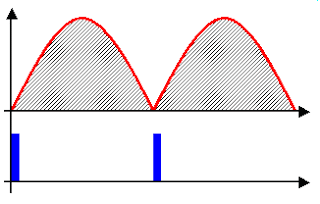PROGRAMMING LANGUAGE FOR THE 8051
If you are interested in programming then you are definitely familiar with some programming language and probably written few programs or compiled few codes. If you are not, then I strongly insist that you check it out first i-e read the basics of programming. Writing codes for the 8051 microcontroller is not much different. You choose some programming language for yourself and then you start writing codes in the correct environment. That's all it takes. UPDATE: You can also click this link for an updated version of this post. READ MORE
